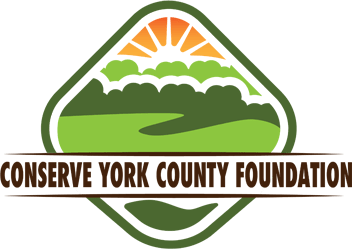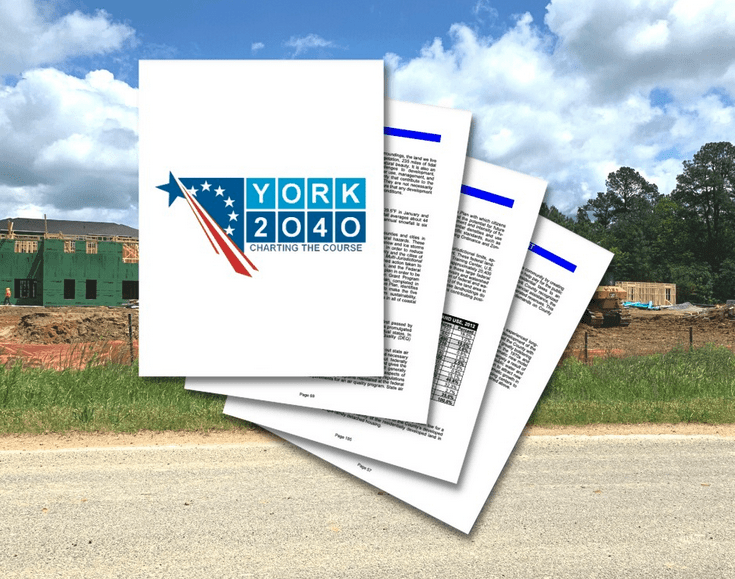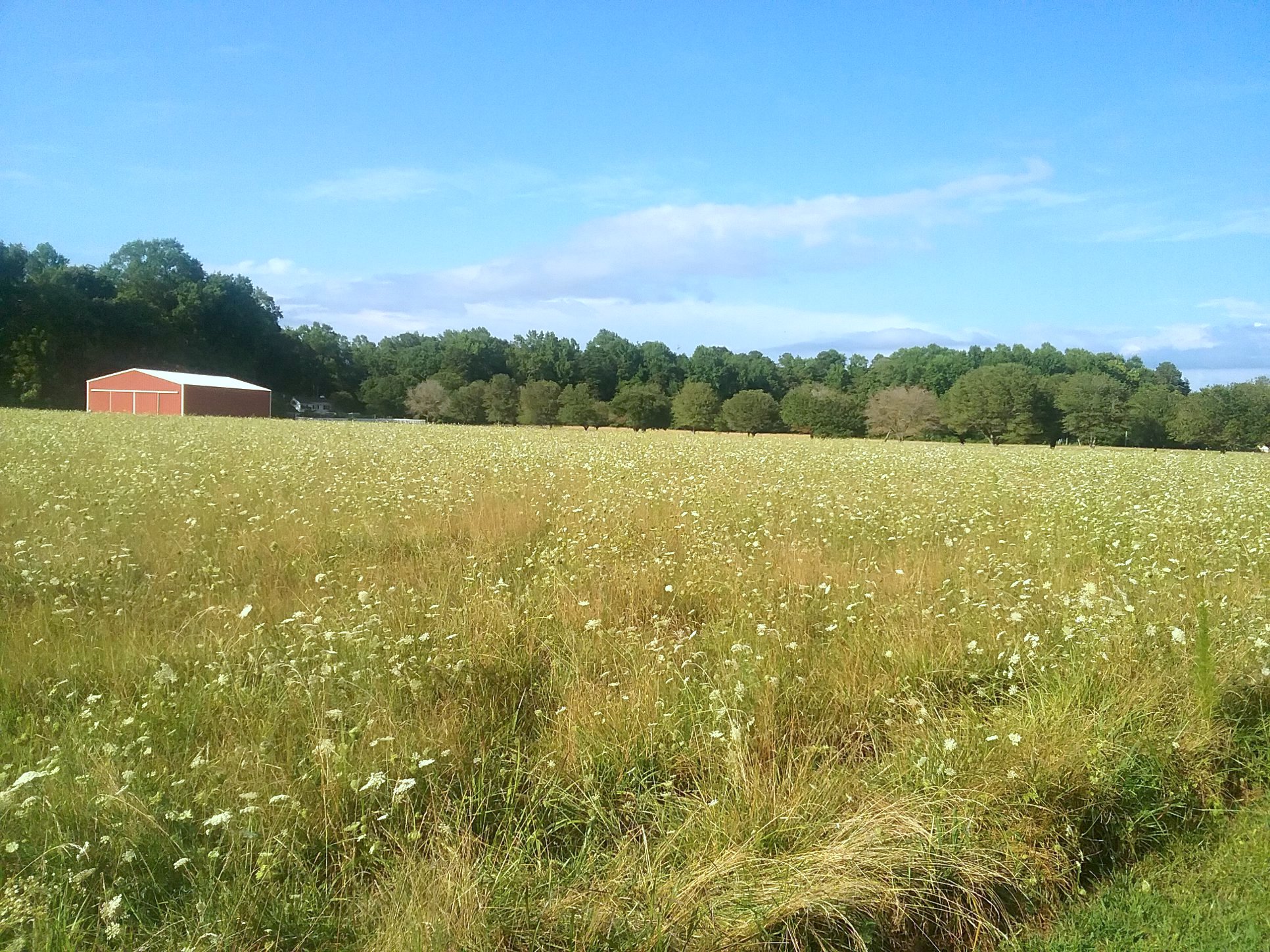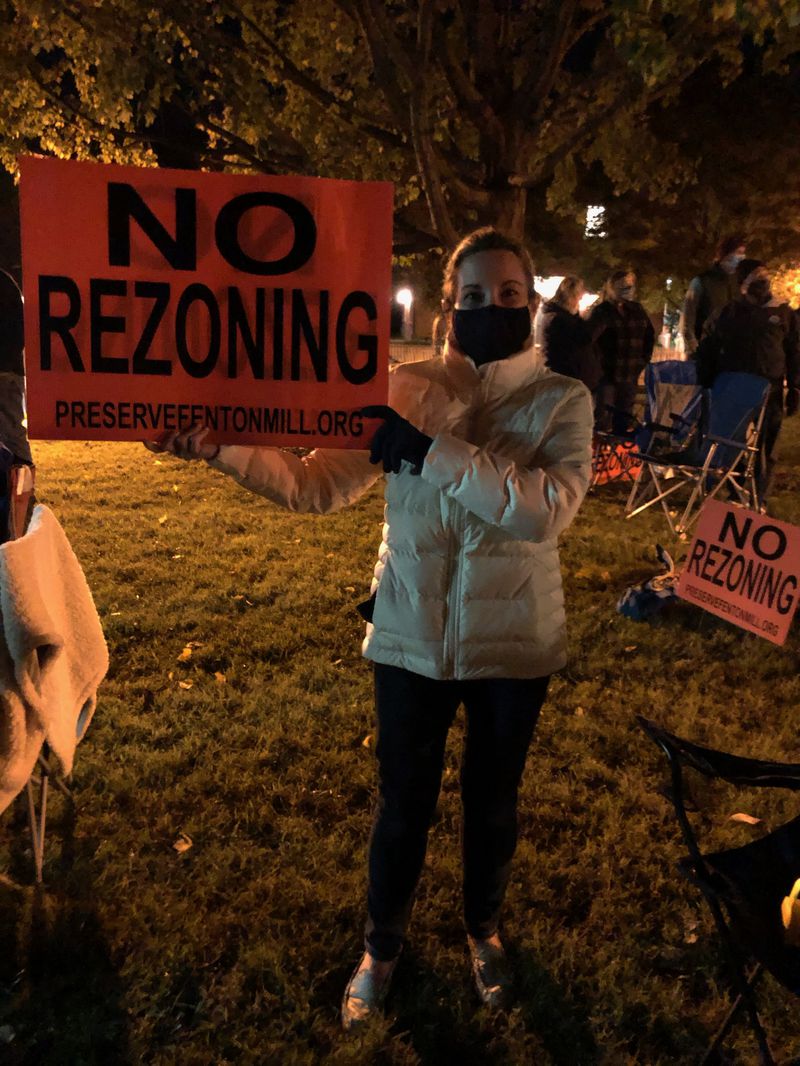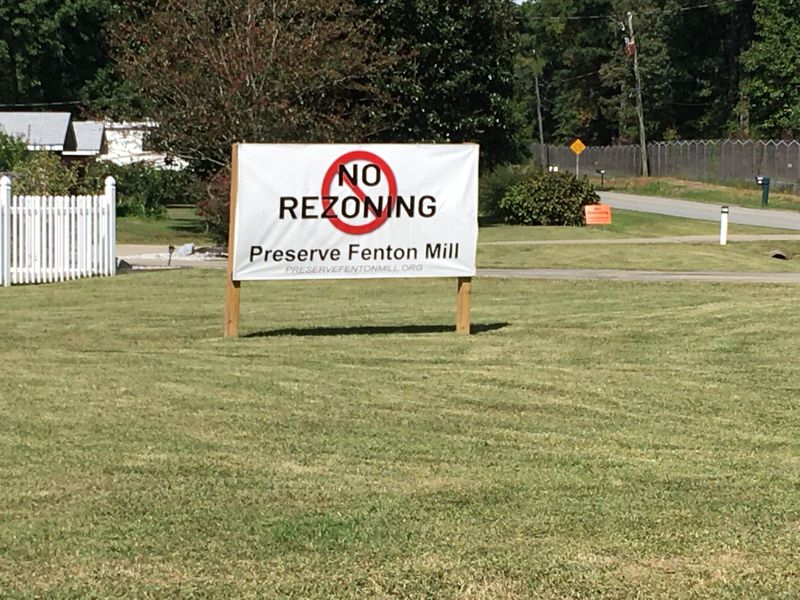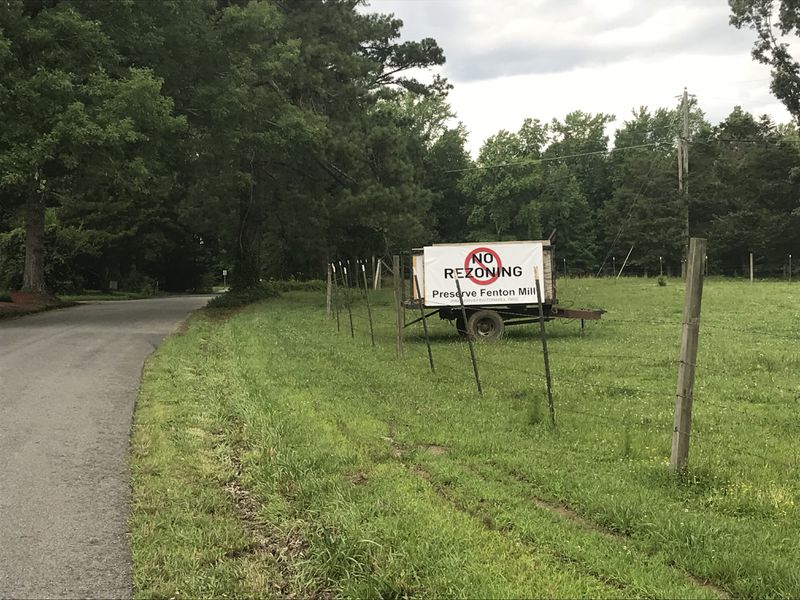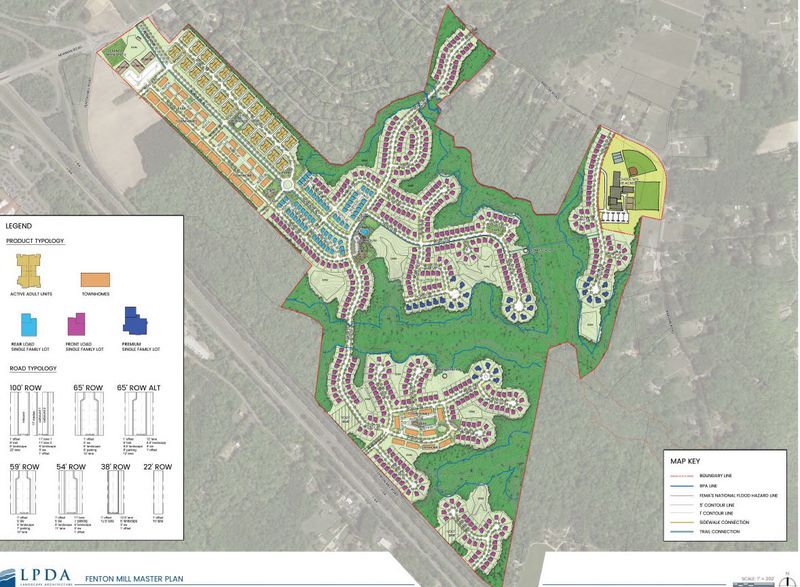The Comprehensive Plan is updated every five years, and the current update to the plan is underway. This update entails public hearings held by the Comprehensive Plan Steering Committee in order to receive input and understand our desires for what we want in our communities. The Steering Committee has agreed to hold a public listening… Continue reading Comprehensive Plan Update
Author: wdtpinc
‘No Rezoning’ | Group pushing back against proposed residential development in York County
The Planning Commission will review the application on November 18 and make a recommendation that will then go to the Board of Supervisor, at earliest in December. YORK COUNTY, Va. — It’s a proposal in York County drawing lots of pushback. A group of residents is saying no to a planned development near their homes.… Continue reading ‘No Rezoning’ | Group pushing back against proposed residential development in York County
With more than 100 residents in attendance, York Planning Commission denies approval of rezoning for Fenton Mill project
More than 20 years ago, Laura Lawrence saw a brochure encouraging visitors to a rural area of Virginia, where one could live among the eagles, bluebirds, farms and winding roads. That brochure for Skimino Landing Estates helped Lawrence and her husband decide to move to the upper part of York County, where they still live… Continue reading With more than 100 residents in attendance, York Planning Commission denies approval of rezoning for Fenton Mill project
Number of homes reduced, commercial component eliminated on proposed York County development Fenton Mill
The developer who wants to build on a large swath of upper York County has altered the initial plan, dropping the number of proposed homes by more than 200 and taking out the commercial component. Developer Lamont Myers, one of the owners of Fenton Mills Associates LLC, submitted a new summary of his plans to the county… Continue reading Number of homes reduced, commercial component eliminated on proposed York County development Fenton Mill
In upper York County, a rural area is turning into a development hot spot
As the crews on Interstate 64 work on widening an 8 mile, upper York County stretch of Hampton Roads’ main highway connection west, one of the Peninsula’s few rural corners is becoming a development hot spot. Crews are clearing ground off Waller Mill road, on the Carr’s Hill Tract that Colonial Williamsburg sold earlier this… Continue reading In upper York County, a rural area is turning into a development hot spot
York-based developer plans 836-homes, mixed-use site in upper part of county
A Yorktown developer wants to build as many as 836 homes on undeveloped land south of Newman Road in upper York County, between Fenton Mill and Barlow roads. The mixed-use development would be worth more than $300 million, generating some $1.3 million in taxes for York County, according to the developer’s application to rezone the… Continue reading York-based developer plans 836-homes, mixed-use site in upper part of county
